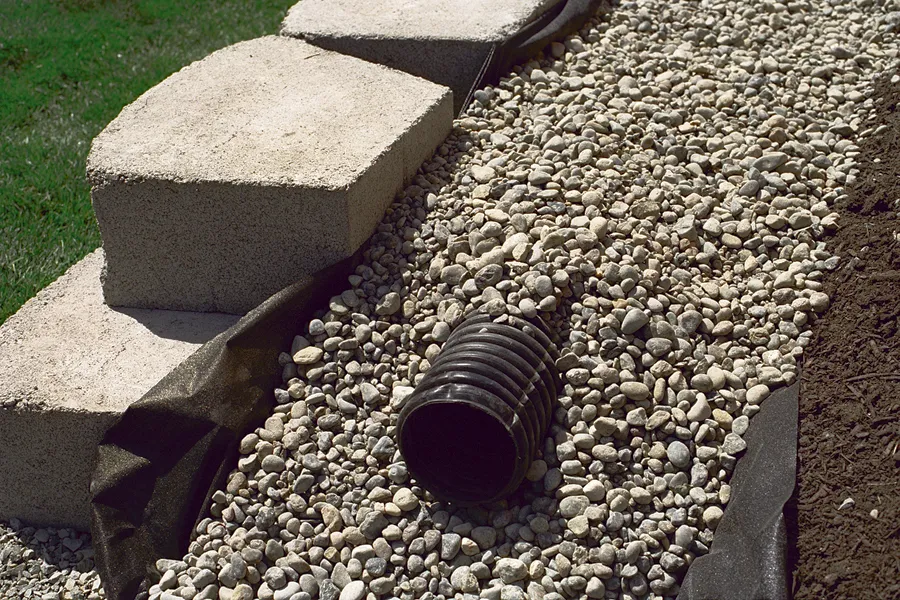Building a retaining wall will change your outdoor area and provide necessary support for uneven terrain as well as a fresh, polished appearance for your yard. A well-built retaining wall is the ideal answer whether your goals are to level a sloped yard, stop soil erosion, or design a chic garden accent. Building a retaining wall can be a fulfilling endeavour for individuals who would rather have a hands-on involvement. Many retaining wall installers can, however, help realize your vision should you ever be unsure or require expert aid. This is a basic road map to help you along your retaining wall adventure.
Plan and become ready
Thorough planning is the first step toward a good retaining wall construction. Measure the area you wish to install the wall from then and choose the height. Choose the kind of material you wish to use—concrete blocks, stone, or timber—by first considering Once you have chosen the content, find local building rules since some walls over a particular height could call for permission.
Create the Foundation
A long-lasting retaining wall depends mostly on a solid base. Start by excavating a trench somewhat wider than your selected substrate. Although the height of your wall determines the depth of the trench, generally the foundation should be deep enough to support at least a fourth of the height of your wall.
Create the wall
Your foundation is ready; now it is time to construct. Beginning in the trench, arrange the first row of stones or blocks. As the first row is most crucial in defining the general solidity of your wall, make sure every piece is even using a level. Once the first row is finished, keep piling the materials, staggering each layer to prevent alignment of the seams, thus strengthening the construction.
If your wall is above three feet tall, particularly, apply landscape adhesive between layers for extra stability. Should you be dealing with concrete blocks or stone, you could also have to install drainage pipes behind the wall to stop water accumulation, thereby weakening the structure over time.
Backfill and finish
Backfill the space behind your wall with crushed stone or gravel as you construct. This guarantees your wall stays robust for years to come and aids with drainage. Till you get the appropriate height, keep building and backfilling.
These easy guidelines will help you to effectively build a beautiful and useful retaining wall. Whether you are working on the project on your own or consulting expert retaining wall installers the outcome will enhance your outdoor area. Your yard will show a strong construction that adds value and style to your property with the correct planning and some hard labour.

